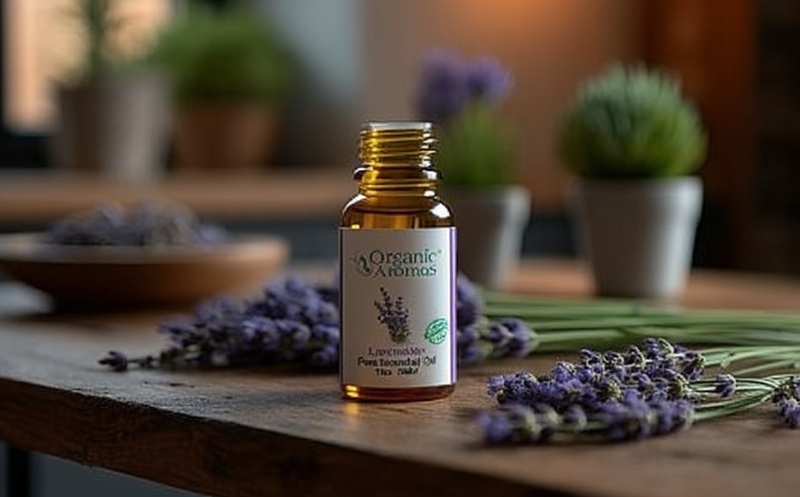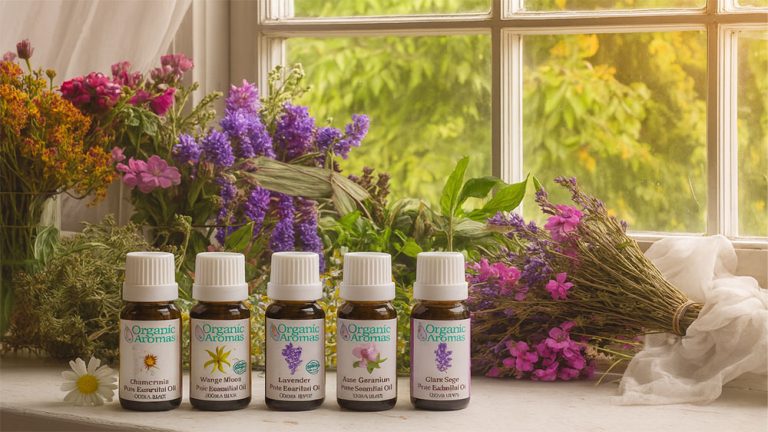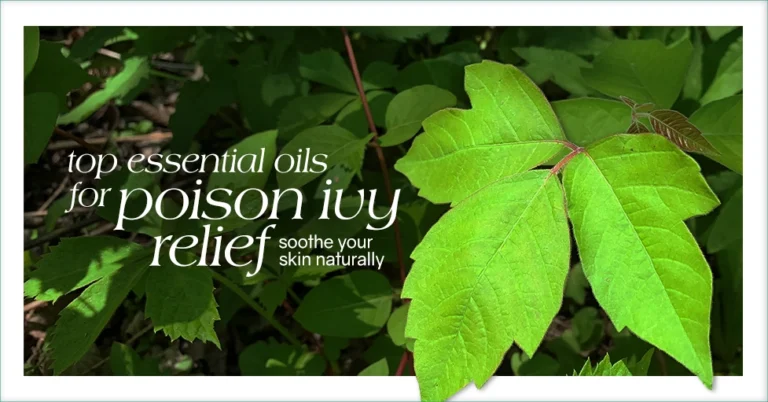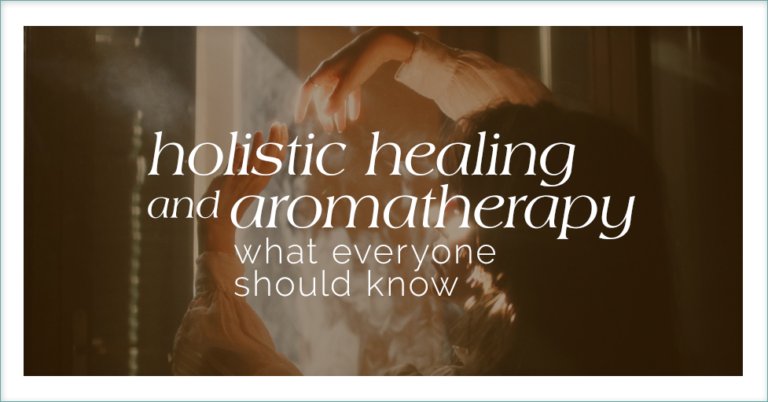Essential Oils Outperform Synthetic Fragrance Oils in Purity and Safety
As scented candles, lotions, room sprays, and perfumes line every shelf, shoppers can feel swamped by fragrance options. Deciding between synthetic fragrance oils and pure plant extracts often comes down to more than aroma preference. Variables such as chemical makeup, intended applications, and safety concerns all come into play. Knowing the difference between a lab-formulated synthetic fragrance blend and a plant-derived extract helps consumers match their fragrance choice to personal health goals and environmental values.
Why Organic Aromas® Chooses Pure Plant Extracts
ORGANIC AROMAS® has focused on offering 100% pure plant extracts, known in aromatherapy circles as essential oils, that deliver pleasing aromas and support overall wellness.
What Is a Synthetic Fragrance Oil?
The Origins and Purpose of Synthetic Fragrance
Fragrance oils refer to synthetic aroma compounds created in chemical laboratories. These blends appear in many perfumes, scented candles, body washes, household air fresheners, and personal care products. Though some formulas include minor amounts of naturally derived compounds or even trace levels of plant extracts, most rely heavily on artificial chemicals mixed with carriers and solvents to achieve long-lasting, intense scents that far exceed the subtlety of botanically sourced extracts.Lack of Transparency in Synthetic Fragrance Ingredients
In the United States, the Fair Packaging and Labeling Act lets companies list “fragrance” on packaging without revealing specific ingredients. That blanket label may conceal dozens of undisclosed chemicals, including substances linked to allergic reactions, hormone interference, and cancer risk. Without a full ingredient list, users have limited information about what they inhale or apply to skin, making it difficult to assess potential health hazards before opening the bottle.
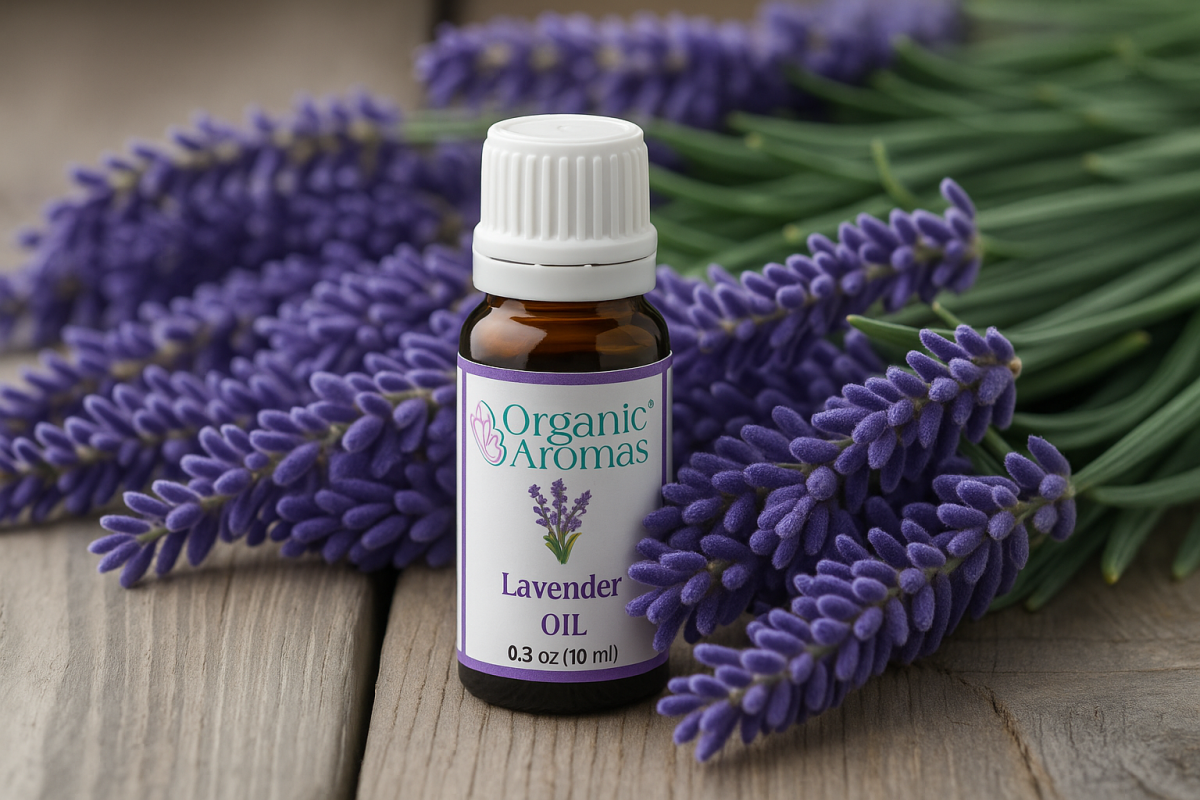
Hidden Health Risks in Synthetic Fragrance Products
A report from the Environmental Working Group examined 17 leading perfume brands and detected an average of 14 undisclosed chemical ingredients in each product. Investigators noted the presence of diethyl phthalate, tonalide, and galaxolide—compounds linked to endocrine disruption and reproductive toxicity in animal studies. Since fragrance blends are considered proprietary, consumers remain largely unaware of these potentially harmful additives lurking in their favorite scents.
What Are Pure Plant Extracts?
How Plant Extracts Are Made
Pure plant extracts—often called essential oils—are concentrated distillates or cold-pressed liquids that capture the volatile compounds responsible for a plant’s aroma. Extraction methods include steam distillation, hydro-distillation, and mechanical pressing for citrus peels. The end products retain many of the phytochemicals and other aromatic molecules found in herbs, flowers, and spices, giving each extract a distinct scent profile and set of potential benefits.
Historical and Therapeutic Significance
Historically, plant extracts have played a central role in holistic health practices and aromatherapy. Early records from ancient Chinese, Egyptian, and Indian traditions describe the use of these extracts to support relaxation, ease respiratory discomfort, promote restful sleep, and reduce muscle aches. In recent decades, scientific studies have explored how specific constituents, like linalool from lavender and 1,8-cineole from eucalyptus, interact with the body to influence mood and physiological responses.
Organic Aromas® Quality Assurance
ORGANIC AROMAS® subjects every batch of plant extracts to rigorous quality controls. The company performs gas chromatography/mass spectrometry (GC/MS) tests to identify each chemical component by weight and volume. In addition, analysts conduct organoleptic evaluations—smelling and examining color—to detect any off-notes or irregularities. Additional measurements of refractive index and specific gravity confirm that each sample matches expected standards, backed up by third-party audits. These steps work together to verify both purity and authenticity.
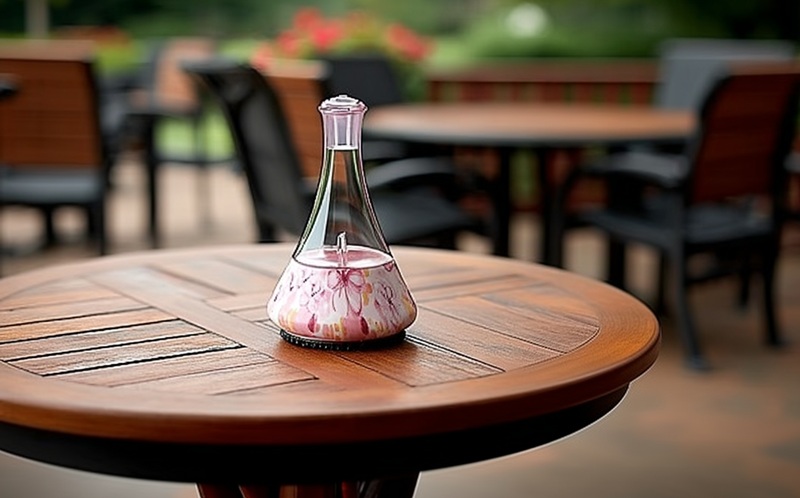
Comparing Synthetic Fragrance and Natural Extracts
Composition Differences
Pure plant extracts contain no synthetic compounds, pesticides, carrier oils, or additives. Instead, they consist entirely of volatile oils and other phytochemicals sourced directly from the plant material. By comparison, synthetic fragrance oils often blend lab-derived aroma chemicals with solvents, stabilizers, and chemical carriers. Even when a label hints at a “natural” component, the base formula may rely heavily on artificial substances that mask any beneficial properties from real plant matter.
Active Compounds and Their Effects
Plant extracts deliver bioactive constituents that can engage the body’s sensory system. Lavender extract contains linalool and linalyl acetate, associated with calming effects; peppermint extract offers menthol, known for stimulating alertness and soothing tension. Synthetic fragrance oils, however, are engineered for olfactory impact alone. Trace percentages of actual plant extract cannot offset the overwhelming presence of synthetic molecules designed purely for their smell, with no therapeutic value.
Safety and Health Considerations
Properly diluted plant extracts are generally non-toxic and biodegradable, posing minimal risk to skin and air quality when used according to guidelines. Fragrance oil formulas may include phthalates, formaldehyde-releasing agents, and other chemicals linked to respiratory irritation, allergic reactions, and hormone disruption. Widespread lack of labeling transparency means users cannot easily avoid suspect ingredients, especially when shopping for baby products, skincare lines, or sensitive formulations.
Source Transparency and Trust
Reputable plant extract suppliers clearly state the botanical name, country of origin, and harvest or distillation date. They provide a recommended shelf life, recognizing that these oils degrade over time. By comparison, synthetic fragrance makers may omit origin details and rely on ambiguous claims like “natural” or “with plant extracts.” Those marketing terms often mask a formula made mostly from synthetic isolates or petroleum-based ingredients.
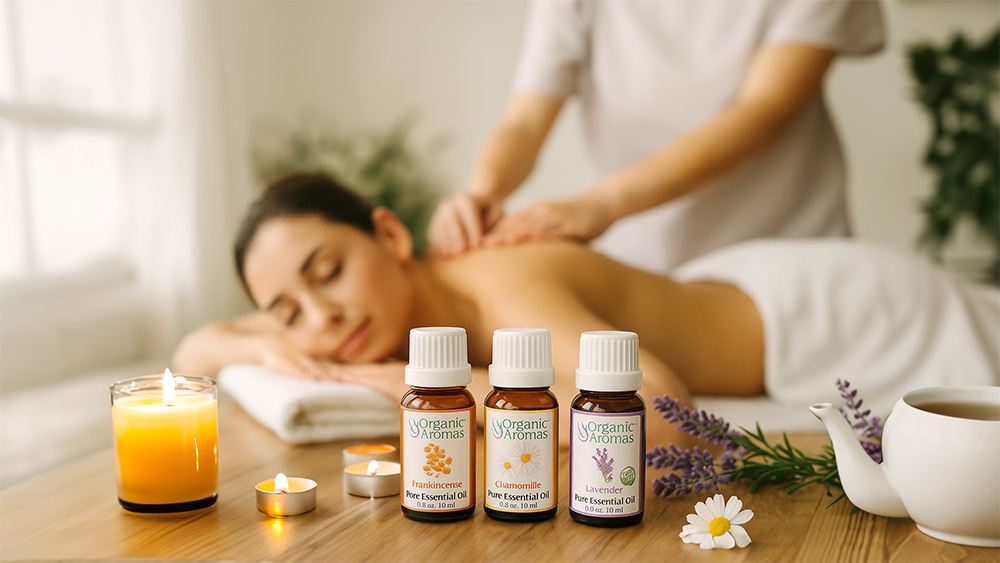
How to Identify Authentic Plant Extracts
Consumers have grown wary of greenwashing in the fragrance industry. Many labels proclaim “plant derived” or “contains essential oils,” yet the actual concentration of botanical extract may be minimal. Some products even feature a few drops of real oil blended into an otherwise fully synthetic mix. Without post-market testing or transparent production details, shoppers face difficulty confirming the authenticity of a scented item they plan to inhale or apply.
Tips for Verifying Authenticity
To confirm plant extract authenticity, look for publicly available GC/MS test reports detailing each constituent’s percentage; check that the label includes the botanical species and sourcing country; and note an expiration or best-by date that reflects natural decay. Samples that trigger changes in aroma or color over time indicate the absence of stabilizers but also highlight the need for controlled storage and clear guidance on usable lifespan.
ORGANIC AROMAS® further commits to vegan and cruelty-free practices, avoiding animal testing and using plant-based carriers whenever possible. The company’s policies cover every stage—from seed selection and farming methods to distillation and final bottling—to uphold ethical sourcing and ingredient integrity.
The In Bloom collection offers three new botanical blends inspired by floral perfumes, using nothing but plant extract ingredients. These modern formulations channel beloved scent notes without synthetic fragrances.
- Ylang Ylang: It has a rich, sweet floral scent with exotic undertones that uplift the senses. It is known to ease anxiety, enhance mood, and promote emotional intimacy. Ideal for use in diffusers or massage oils, it also supports skin balance and nervous system relaxation.
- Rose Geranium: It has a fresh, rosy, and slightly minty aroma that uplifts the mood and calms the mind. Known for its cleansing, insect-repelling, and skin-soothing properties, it also promotes emotional balance and well-being. Ideal for aromatherapy, mists, or skincare, it blends beautifully with citrus and floral oils.
- Lavender: It has a soft, floral scent with subtle camphor notes that promote deep relaxation and emotional balance. Renowned for easing stress, improving sleep, and supporting the immune system, it also enhances circulation and soothes the skin. Perfect for aromatherapy, massage, or baths, it pairs well with a wide range of other essential oils.
Each blend matches familiar perfume profiles without any artificial isolates or added synthetics, allowing users to enjoy complex fragrance layers alongside potential aromatic benefits.
Ultimately, choosing between synthetic fragrance oils and pure plant extracts comes down to personal priorities—whether it’s the allure of intense, lasting scent or the peace of mind that comes with natural, transparent ingredients. By understanding what goes into each option, consumers can make more informed, values-aligned decisions that elevate both their environment and well-being.
Frequently Asked Questions about Synthetic Fragrance and Plant Extracts
1. What is the difference between synthetic fragrance and pure plant extracts?
Synthetic fragrances are chemically formulated in laboratories, often containing undisclosed ingredients. Pure plant extracts, also known as essential oils, are derived directly from botanicals through distillation or cold pressing and offer natural aroma and potential therapeutic benefits.
2. Are synthetic fragrance oils harmful to health?
Synthetic fragrance oils may contain chemicals like phthalates or formaldehyde-releasing agents that are linked to allergic reactions, hormone disruption, and respiratory issues. Lack of ingredient transparency makes it difficult for consumers to assess potential health risks.
3. Do products labeled with ‘fragrance’ contain synthetic ingredients?
Yes, the term ‘fragrance’ on product labels often refers to proprietary synthetic blends that can include dozens of unlisted ingredients. This is allowed under the Fair Packaging and Labeling Act in the U.S.
4. Why choose pure plant extracts over synthetic fragrances?
Pure plant extracts offer greater transparency, are free from harmful additives, and may provide aromatherapeutic effects. They are biodegradable, safer for sensitive users, and sourced naturally without chemical stabilizers.
5. How can I verify the authenticity of essential oils?
Look for GC/MS test reports, botanical names, country of origin, and expiration dates. Reputable brands will provide transparent sourcing details and chemical composition analysis to ensure product purity.

